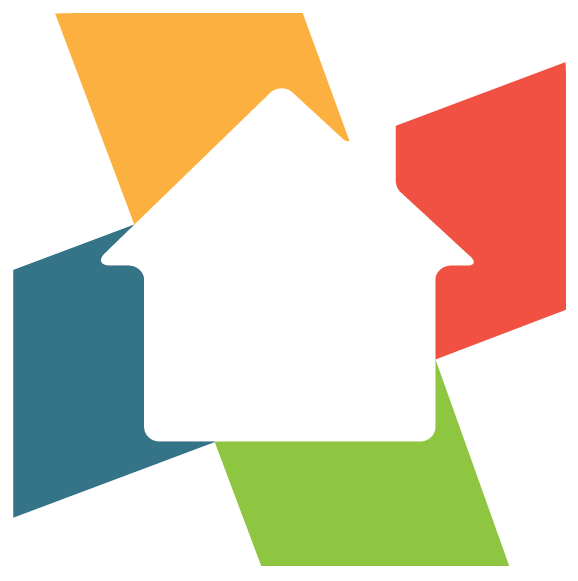National dwelling values increased by 0.6% in July, maintaining the pace of growth seen in the previous two months, based on CoreLogic’s latest Home Value Index. This represents the sixth consecutive month of growth, coinciding with the initial rate reduction implemented in February.
“At the national level, the pace of growth in housing values is no longer accelerating,” said Cotality’s research director, Tim Lawless. “Rather, we have seen growth rates holding a little above half a percent from month to month since May as the opposing influence of low supply, falling interest rates and rising confidence run up against affordability constraints and lingering uncertainty.”
All capital cities experienced an increase in dwelling values for the month, with Darwin posting the strongest growth at 2.2%, followed by Perth at 0.9%. In contrast, Hobart (+0.1%), Melbourne (+0.4%), and the ACT (+0.5%) recorded more modest gains.
“While the Darwin trend doesn’t have much influence on the headline numbers, the Top End capital has moved into a solid upswing, posting a 9.7% gain through the first seven months of the year,” Mr Lawless said.
“The mid-sized capitals are also once again standing out, especially Perth, where the monthly pace of gains has accelerated to the fastest rate of growth since September last year.”
Ongoing growth in housing values is underpinned by consistently low stock levels, with national property listings currently sitting 19% below the five-year seasonal average. Concurrently, CoreLogic’s estimate of annual sales is running 1.9% above the five-year average, indicating strong buyer demand. This dynamic between constrained supply and elevated demand has contributed to auction clearance rates remaining slightly above the decade average since mid-May.
While monthly growth has stabilised around 0.6%, the rolling quarterly figures reveal a distinct upward trend. The national index climbed 1.8% over the three months to July—the strongest quarterly result since the three months to June last year, when it rose by 2.0%.
House values are once again surpassing growth in the unit market. Over the past three months, national house values have increased by 1.9%, equating to an approximate $16,700 rise in the median value, while units recorded a more modest gain of 1.4%, or around $9,700. This divergence may reflect the heightened interest rate sensitivity of higher-value markets, where increased borrowing capacity among higher-income households typically drives stronger house price appreciation during market upswings.
The gap between the national median house and unit values has reached an all-time high, with houses now commanding a 32.3% premium over units—representing a difference of approximately $223,000.
Mr Lawless noted: “Such a wide difference comes amid ongoing affordability constraints and a lack of newly built multi-unit housing supply, which seems counter-intuitive. Clearly, demand preferences are still weighted towards detached housing options despite the substantially lower price points available across the unit sector.”
Regional markets, posting a 1.7% increase, are no longer ahead of the capitals, with the rolling quarterly growth now marginally stronger in the combined capital cities at 1.8%. This marks a shift after nine consecutive months where regional Australia led the pace of quarterly growth.
The stronger capital city trend isn’t evident everywhere, with regional markets in Vic (1.4%), Qld (2.5%) and SA (2.0%) continuing to outperform their capital city counterparts (1.2%, 2.3% and 1.5% respectively).
.png)





.png?width=229&height=115&name=RE%20Investar-Logo-MRI_Colour%20web%20229x115px%20(1).png)